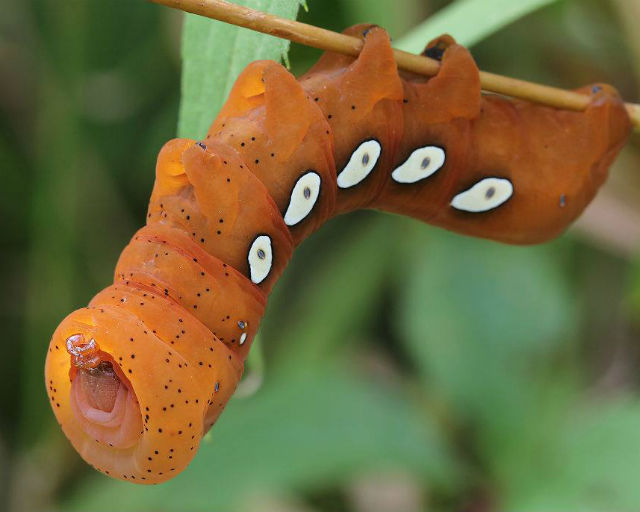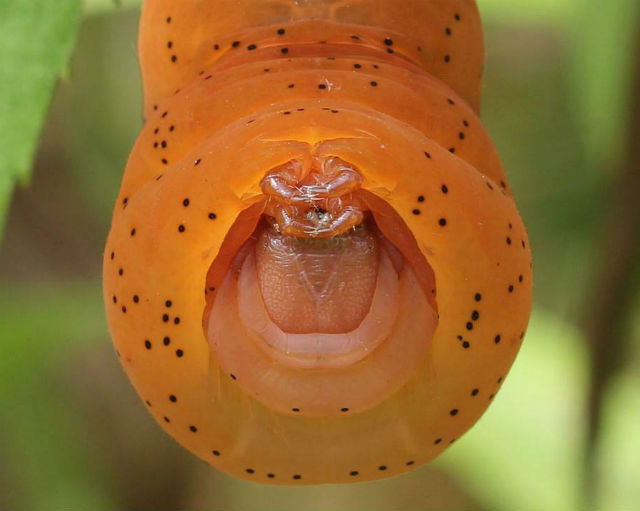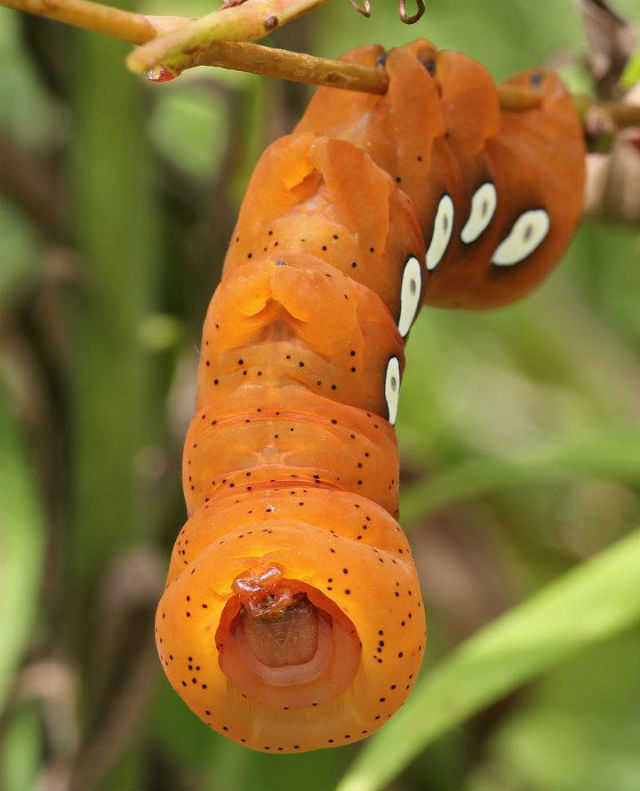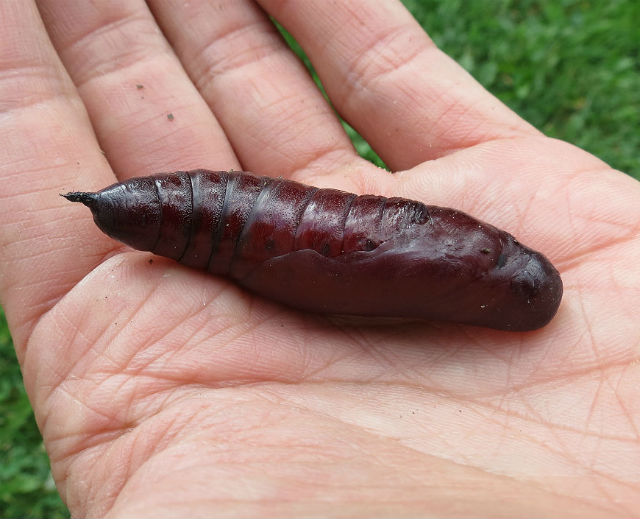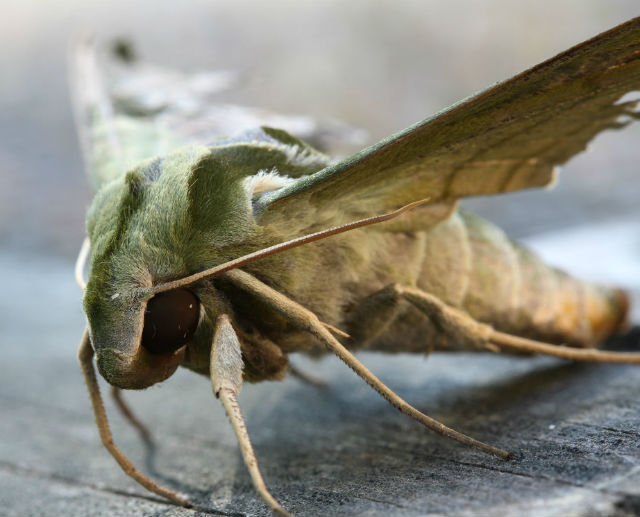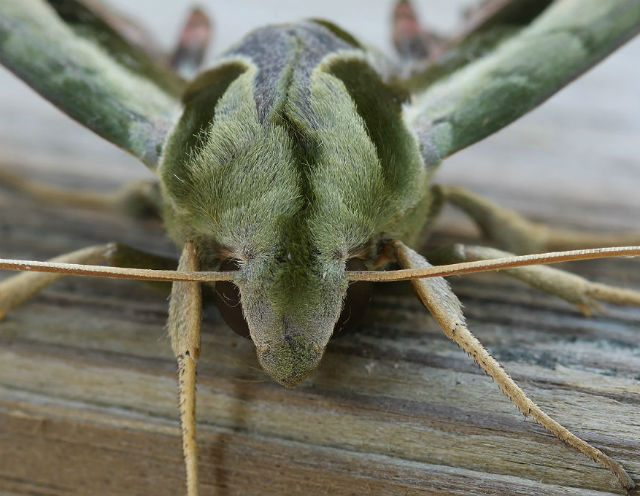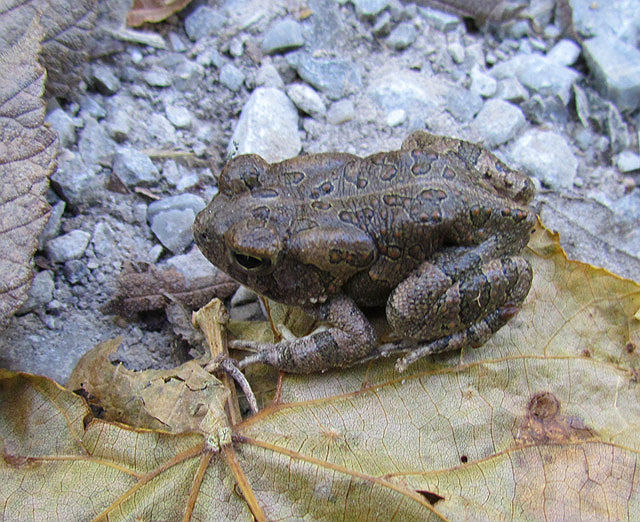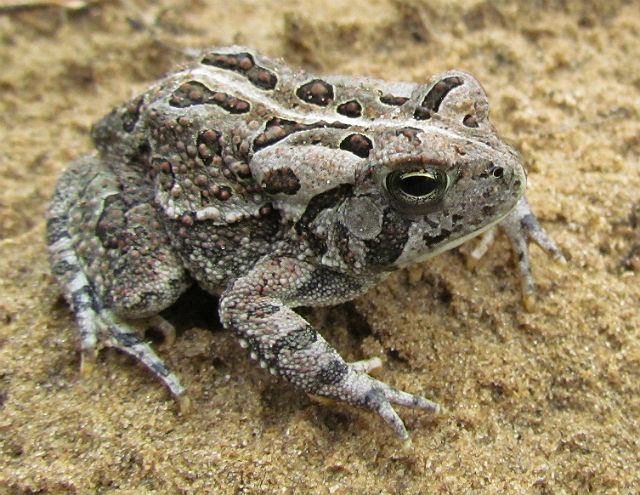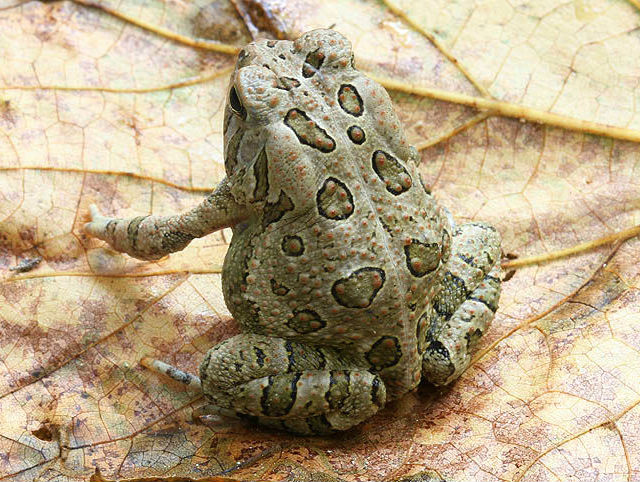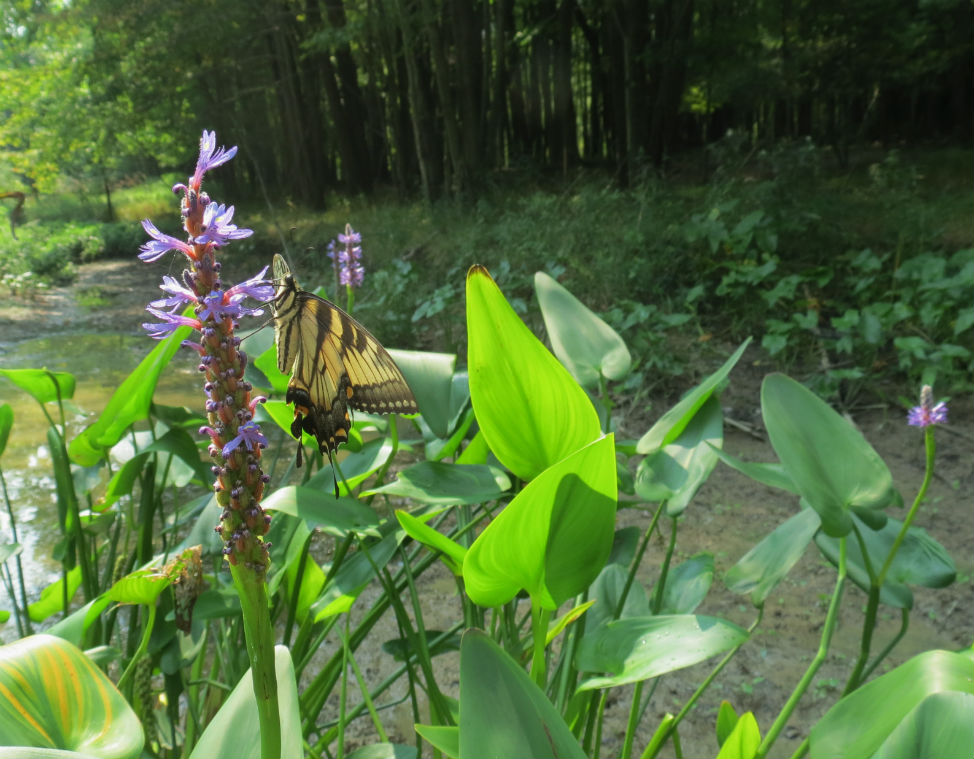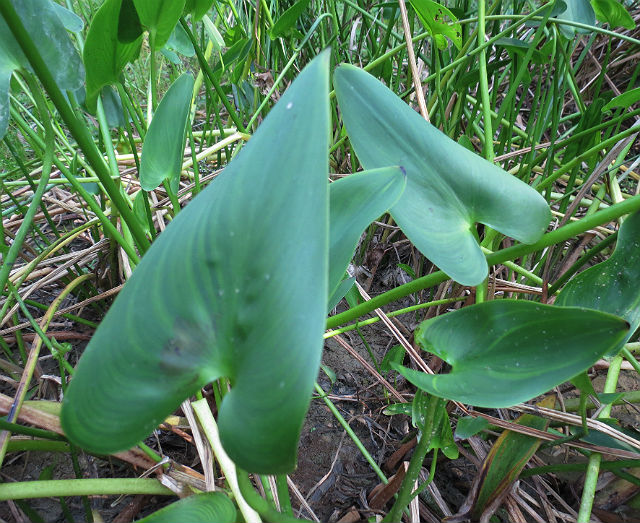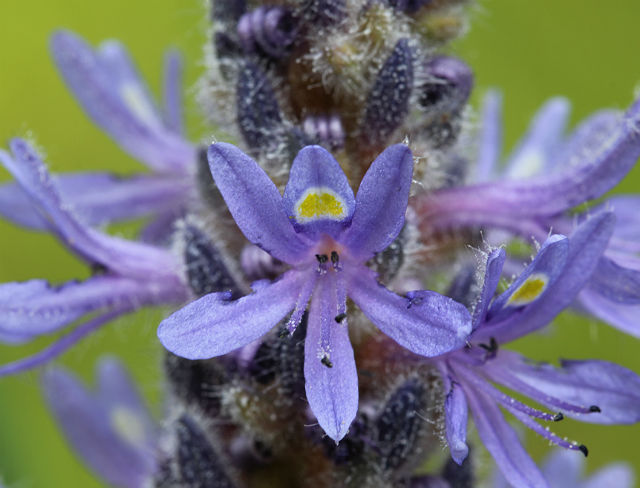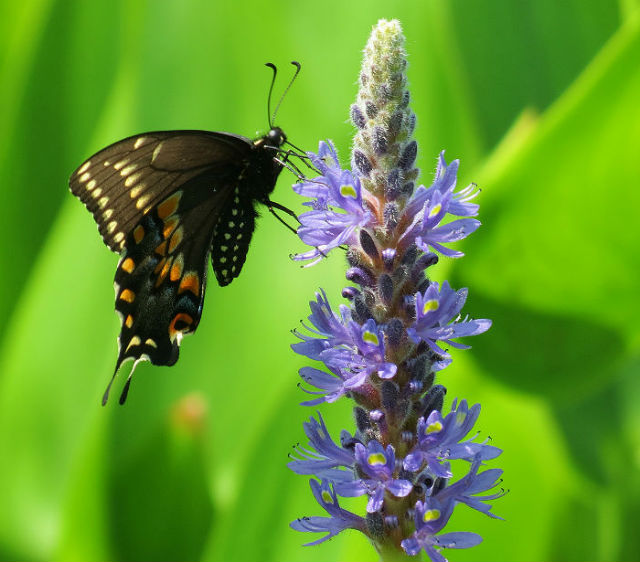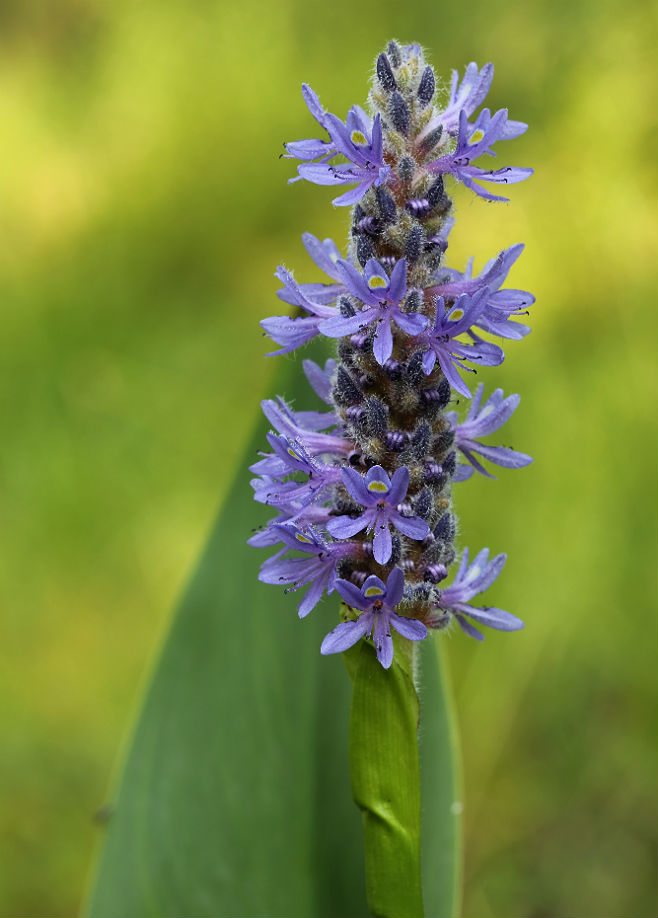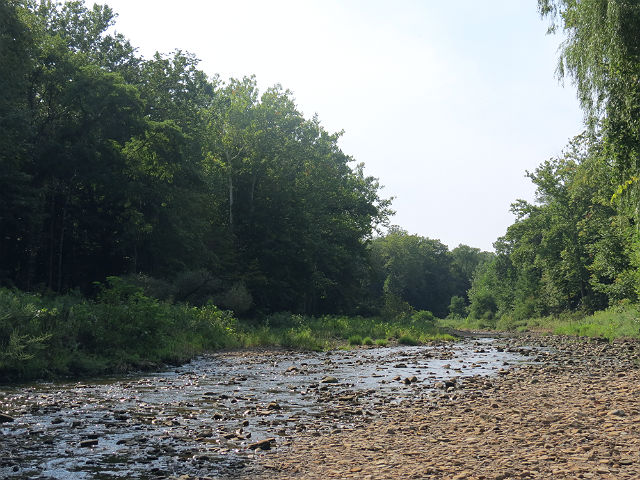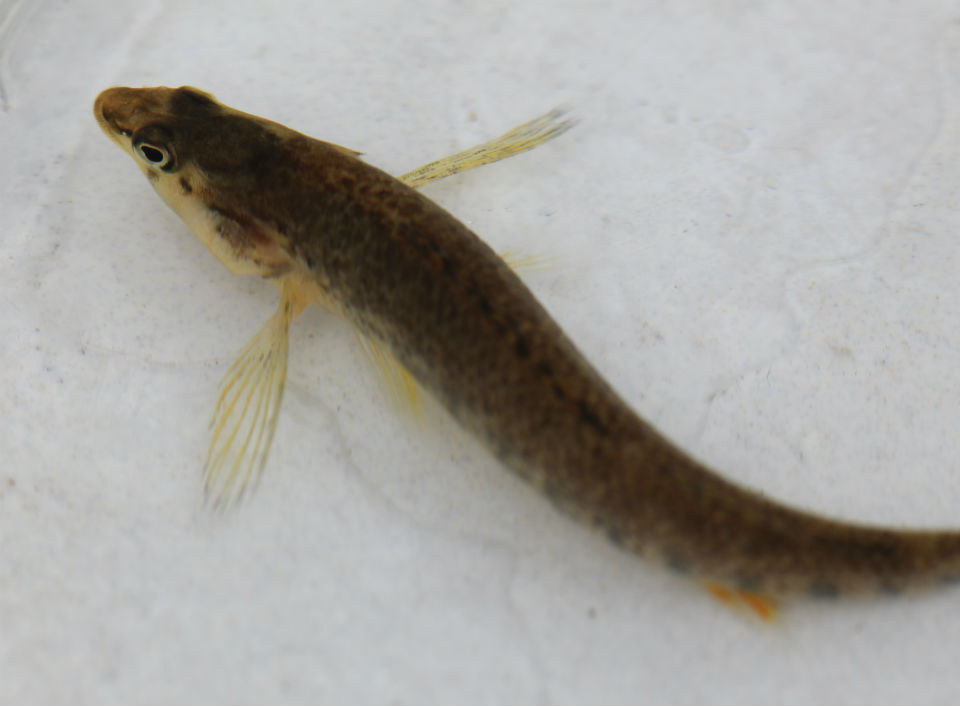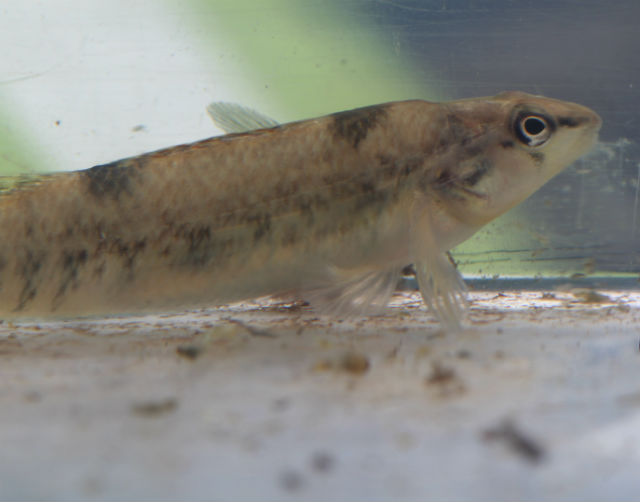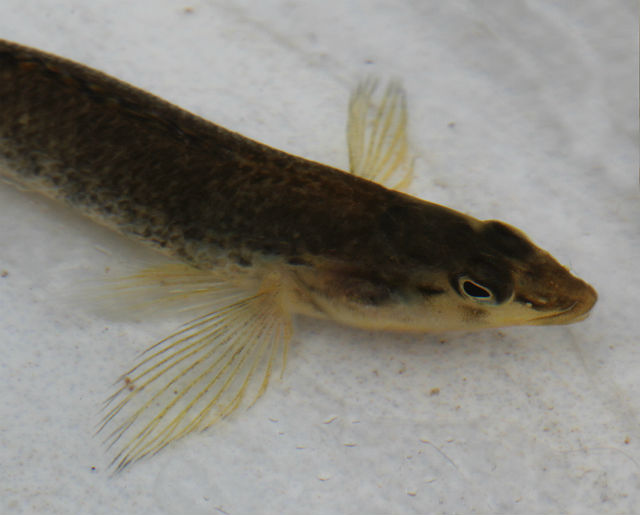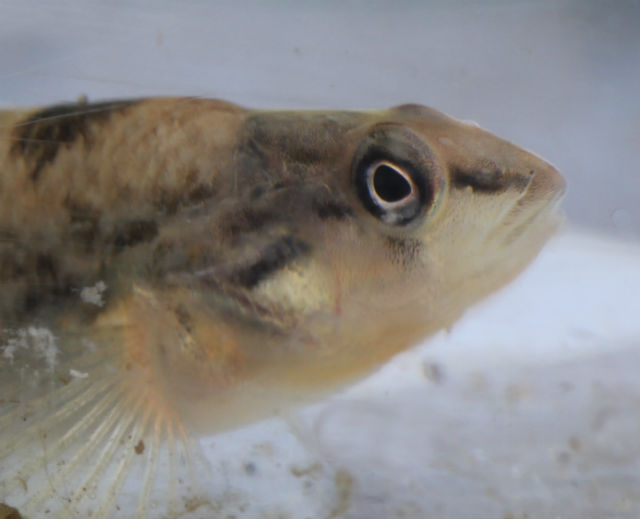While on a hike several weeks ago, I came across this cool caterpillar. It’s the larva of a Pandora Sphinx, a type of Hawk Moth. These large caterpillars feed on the leaves of Grape and Virginia Creeper.
This caterpillar is known to retract its first two body segments, the first being its head, into the third segment when disturbed.
The Hawk Moths are also referred to as Sphinx Moths because the large caterpillars of most species often rear up their front ends in mock defense when disturbed, resembling a “Sphinx.”
I took the caterpillar home and fed it grape leaves from my backyard. Eventually is turned into the this pupa and buried itself in the dirt at the bottom of its terrarium.
After several weeks of patiently waiting, the adult moth emerged.
As an adult, like many Hawk Moths, the Pandora Sphinx can be seen at night hovering about flowers in the tobacco family. It was awesome to encounter this crazy looking caterpillar and see it transform.

